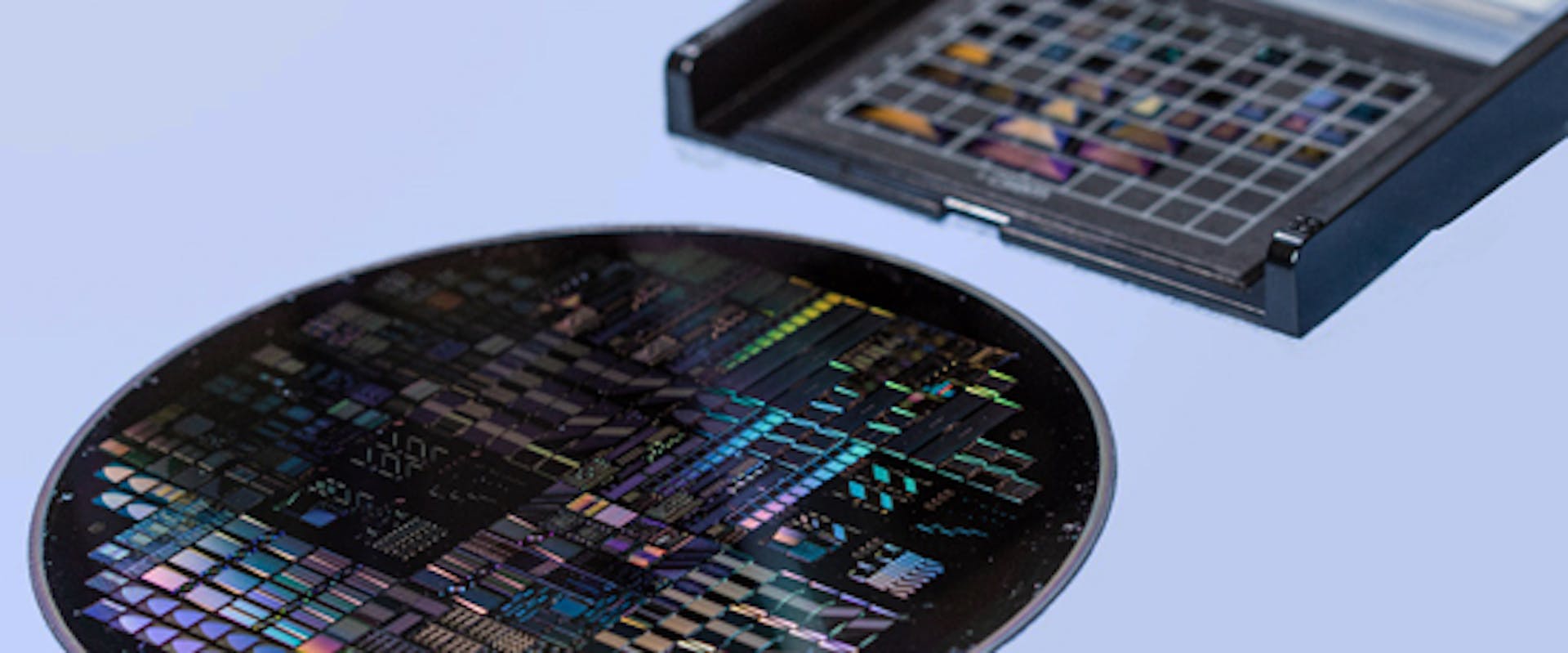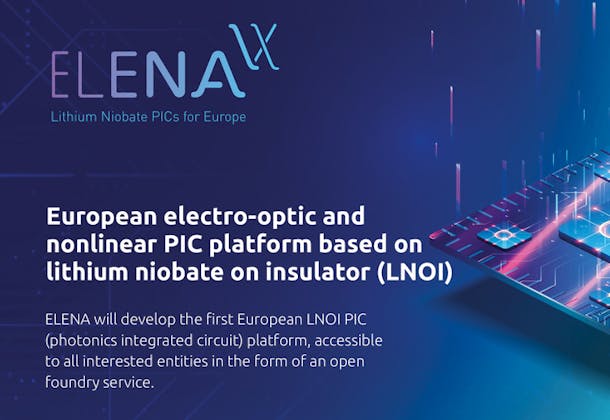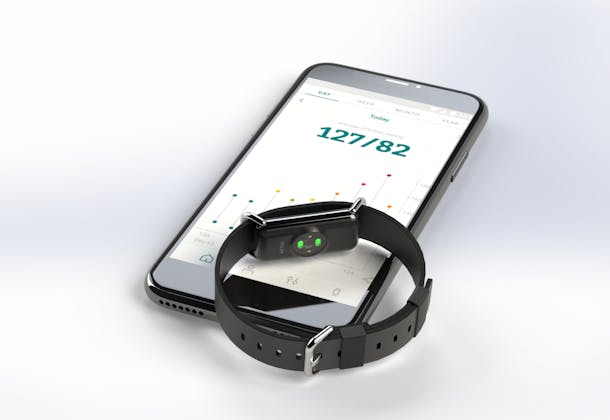
PATTERN's approach aims to address many challenges in microwave photonics and PICs at the same time and attempts to integrate all major photonic functionalities on a single hybrid PIC: light generation, transmission, manipulation and detection, as well as electronic co-integration. PATTERN will pave the way for a new generation of advanced PICs with unrivalled novel functionalities, which will serve a wide range of applications from telecom and 5G/6G to quantum, LiDAR, optical computing and sensing technologies.



